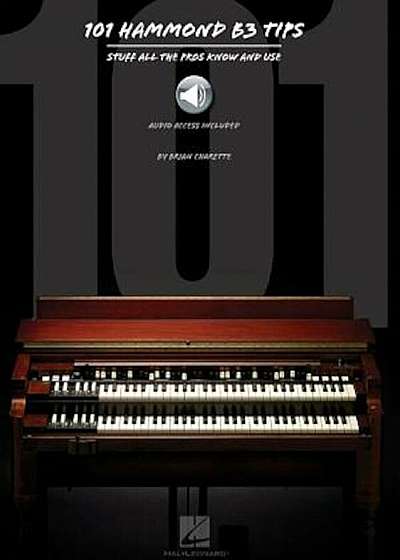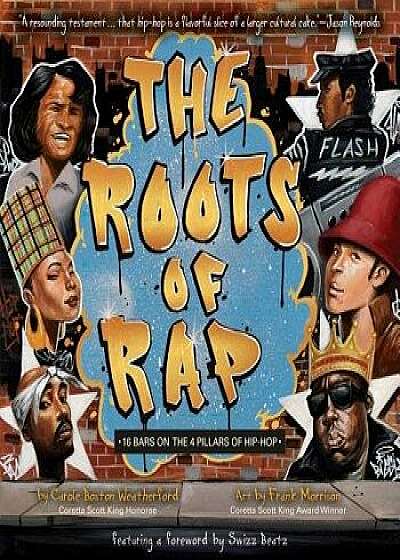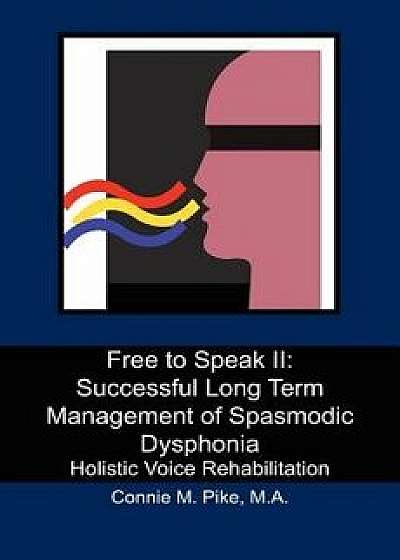
Voicing Modes: A Chord-Voicing Approach to Hearing and Practicing Modes., Paperback
Descriere
From the introduction: Modes are often at first understood in relation to a parent scale. While this can be helpful as a starting point and for developing muscle memory, in practice it doesn't always point the player to the right chord tones in relation to the sound. In other words, it doesn't help make the changes. To use modes to make the changes, one must be able to relate the scale shape to a chord voicing - a chord voicing that outlines the essential few tones in a sea of seven notes. These voicings can vary depending on the amount of color desired. The color desired is dependent on musical style/genre, and whether or not the chord is functional in a progression or static in its modality. These essential tones are not always 1, 3,5, 7 (tertian harmony - stacked in 3rds). While most chords in jazz and improv-based music are expressed in one of four tertian-voicing archetypes (Major, Minor, Dominant, or Diminished) -- this is a false tetrachotomy. There are more than four. To capture some other sounds that many composers intend, especially in compositions written in the last 50 years (and in Classical music, 150 years) one must add a few other archetypes. While those indicated in this book are not exhaustive, they will open your ears to other ways of expressing harmony while still staying true to the key center. While exploring other ways to voice the modes, keep in mind that these are not just for comping and soloing. Feel free to use them as a starting point for composition and reharmonization. The use of ""pivot voicings"" instead of just pivot chords can open up your understanding of harmonic relationships in multiple ways.





